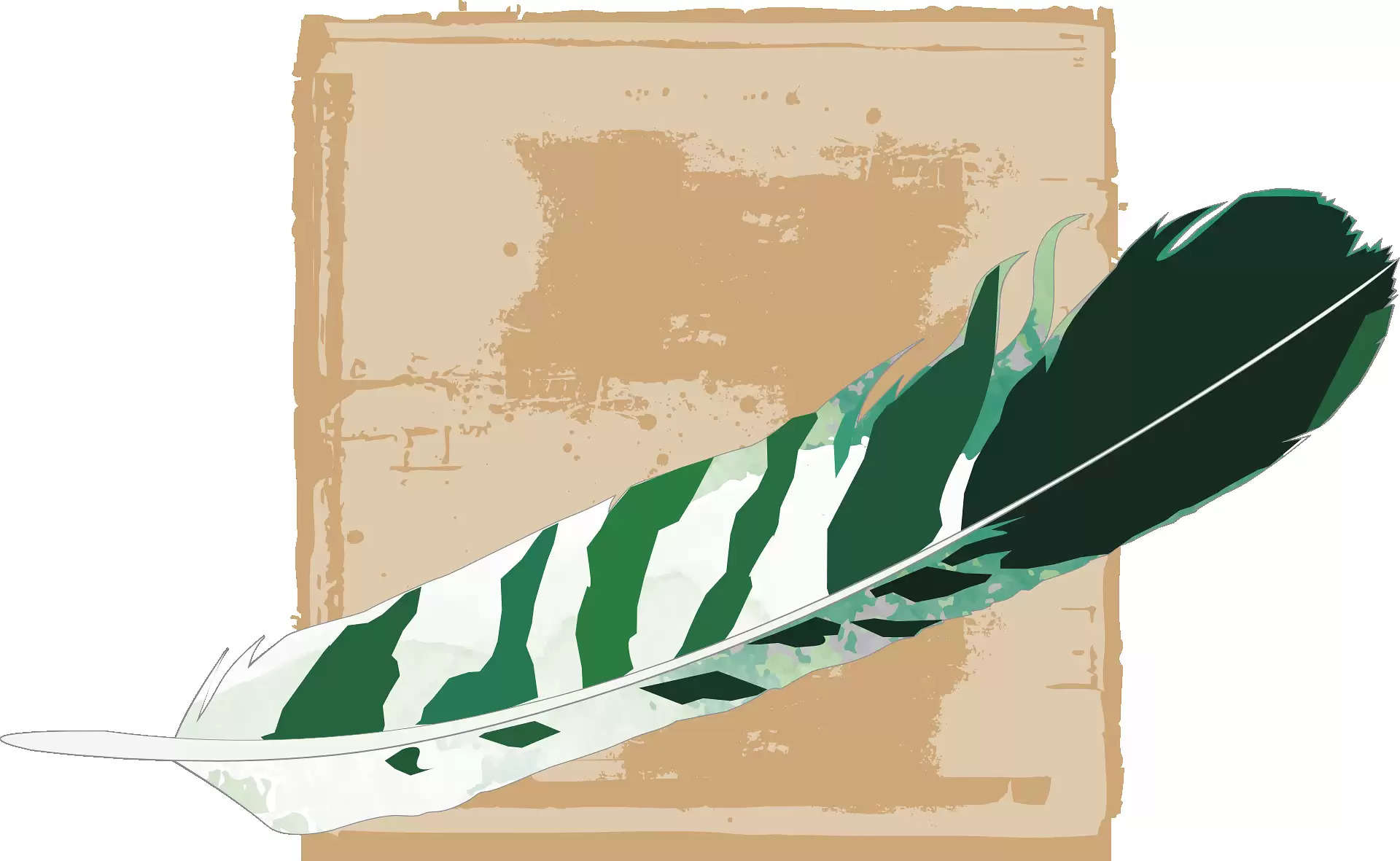The World's Most Expensive Feather

An Unprecedented Auction
A single feather recently sold in New Zealand for an astounding NZD 46521, captivating collectors and enthusiasts worldwide. This sale sets a new benchmark in the niche market of rare and valuable feathers, highlighting the feather's intrinsic value and historical significance.
The Feather of a Legend
This feather is from the extinct huia bird, once revered by the indigenous Māori people. The huia's striking black and white feathers were symbols of status and mana (spiritual power). These feathers were worn by Māori chiefs, making them incredibly valuable cultural artifacts.
The Rarity and Significance
The extinction of the huia bird in the early 20th century has made its feathers exceedingly rare. The bird's decline resulted from habitat destruction and overhunting. Today, huia feathers are rare collectibles and poignant reminders of human impact on biodiversity.
The feather that fetched this high price at auction is one of the few known to exist outside museum collections. Its provenance can be traced back to a renowned Māori chief, adding historical importance and cultural heritage to its value.
The Auction Frenzy
The auction, held by a leading New Zealand auction house, attracted global attention. Bidders from around the world drove the price to unprecedented levels. The final bid, made by an anonymous buyer, reflects the feather's exceptional allure.
Cultural Repercussions
The sale has sparked renewed interest in New Zealand's natural and cultural history. For the Māori community, the feather's sale highlights global appreciation but raises concerns about the commodification of sacred artifacts.
There is ongoing debate about whether such items should remain in private hands or be housed in public museums.
A Legacy Preserved
The huia feather's sale underscores its extraordinary journey from a symbol of indigenous prestige to a coveted collectible. It also reminds us of nature's fragility and the importance of conservation efforts to protect our remaining biodiversity.
.jpg)
